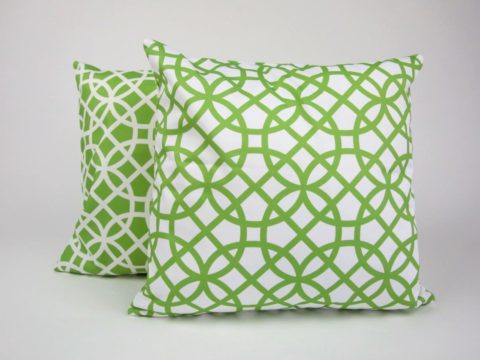Arbella Stuart: Life Story
Chapter 3 : Disappointment
Bess had no doubt been hoping that Elizabeth would take a personal fancy to Arbella and keep her at court, but Arbella spent the next few months with Mary and Gilbert before making another short visit to the court. The following summer, Arbella was sent home. She later wrote that she had been ‘disgraced in the Presence (chamber) and discouraged in the Lobby at Whitehall’, although she did not specify what had happened. Perhaps Elizabeth did not like seeing attention paid to the girl as a potential heir – the queen had consistently refused to name her successor because she thought that her courtiers would always pay more attention to the ‘rising’, rather than the ‘setting’ son. She may also have been jealous on a more personal level at the attentions paid to Arbella by her own favourite, Robert Devereux, 2nd Earl of Essex. Whatever the nature of Essex’s attentions to Arbella, she believed that they had forged a friendship, and on later occasions she would refer to his favour toward her – probably unaware that he and his sister, Lady Rich, were soon to begin covert correspondence with James, supporting his candidacy for the English throne. It is also possible that Arbella transgressed by insisting on taking precedence over all the court ladies, which Elizabeth may have seen as an encroachment on her own status.
For the next three years, Arbella remained in Derbyshire with Bess. A marriage to Esmé Stuart, now Duke of Lennox, was suggested by James, but rejected contemptuously by Elizabeth I, who would gain no advantage from Arbella moving to Scotland (although for Arbella herself, it would at least have put her in possession, if only as a wife, of the Lennox properties she had lost.) Elizabeth’s ministers continued to petition James for the return of Arbella’s lost jewellery bequest from Margaret, but not in so urgent a fashion that the Scottish government felt inclined to accede to the request. James did, however, acknowledge their kinship through beginning a correspondence with her.
In 1590, Bess was left a widow, when the Earl of Shrewsbury died. They had been estranged for many years, so the loss is unlikely to have affected Arbella much, but the subsequent quarrel between Bess and Mary and Gilbert, now in possession of the Shrewsbury earldom, was probably distressing for Arbella, who, her letters suggest, was deeply attached to the couple. To a degree, these domestic squabbles were put aside, when, in 1591, Arbella was summoned back to court.
In 1591, Arbella was sixteen, and, had any of her Lennox inheritance remained, she would have been eligible to ‘swear her livery’ and take possession. As it was, she was dependent on her grandmother, and the goodwill of the queen. The invitation to court for the Christmas celebrations must have seemed to Arbella and Bess as the first step on a glittering ladder that might lead to the throne itself. With Elizabeth I now in her late fifties, the clamour for her to name her successor, always loud enough to annoy the queen, increased. Although under common law, the heir to the throne was probably Arbella’s paternal cousin, James VI of Scotland, there were questions as to whether an individual born outside the realm could inherit. If not, Arbella was the heir. Henry VIII’s will complicated matters somewhat, as the children of Lady Katherine Grey had a claim, but since Katherine’s marriage had been declared invalid, her sons were probably excluded. (More on the Tudor Succession problem here.)
Bess decided that it was time to invest heavily in Arbella. Significant sums of money were laid out on jewels and clothes to fit her to be a leading light at Elizabeth’s court. Covering over domestic squabbles, the ladies, with their large entourage, based themselves with Mary and Gilbert at Shrewsbury House in Chelsea. For the twelve days of Christmas, they had lodgings with the court at Whitehall, but then returned to Chelsea, where they remained over the spring, with court visits at Whitsun, and a final sojourn at Greenwich from mid-June for a month. Bess then returned to Derbyshire, while Arbella remained, once again under the supervision of Gilbert and Mary. Further marriage plans for her were aired, but not completed. The Earl of Essex and other courtiers were observed to be very attentive, and Elizabeth began to fear that Arbella was becoming the figurehead of a court party. She was further incensed when Countess Mary asked Elizabeth if her daughters could be appointed as maids-of-honour to their cousin. Elizabeth exploded – such appointments were the prerogatives of queens and not to be thought of for Arbella, who was sent packing forthwith back to Derbyshire, a mere fortnight after Bess’s departure.
